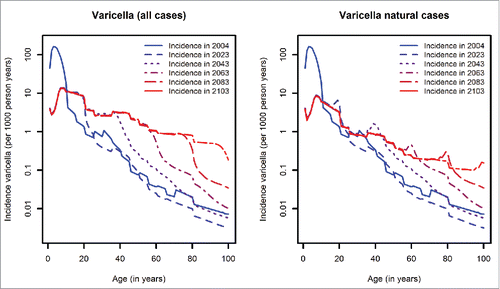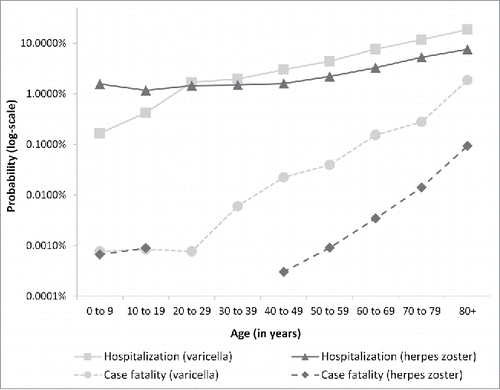Figures & data
Figure 1. Varicella and herpes zoster cases over time in model population (see methods; no HZ vaccination).
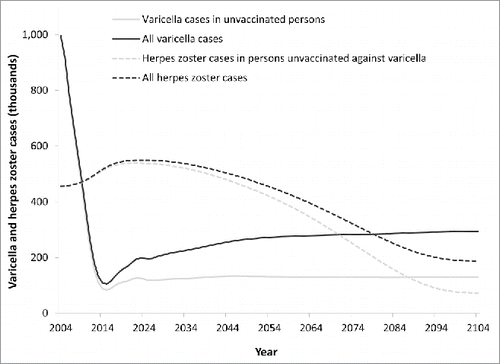
Figure 2. Hospitalizations and deaths associated with varicella zoster virus over time. + vaccine breakthrough = reactivation of vaccine virus after varicella vaccination. *breakthrough = reactivation of wild virus after varicella infection in vaccinated individuals.
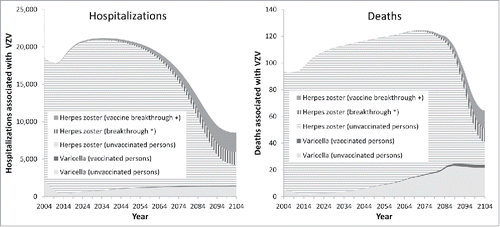
Figure 4. Left panel: Age-dependent HZ incidence at different time points (without HZ vaccination, introduction of varicella vaccination in 2004); Right panel: Relative reduction of HZ incidence by age predicted for 2103 when comparing scenarios with and without HZ vaccination (introduction of HZ vaccination in 2015, coverage 20%).
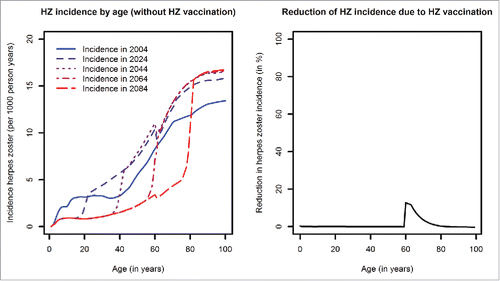
Figure 5. Effects of different varicella vaccination coverage rates over time (coverage for first/second dose) on varicella (left) and HZ (right) incidence.
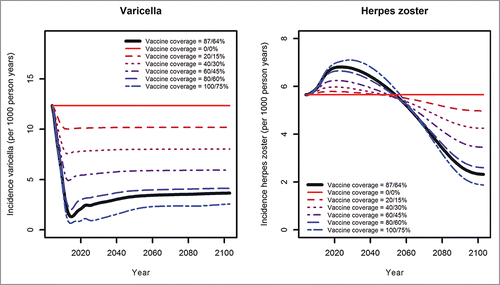
Figure 6. Effects of different boosting (left) and waning scenarios (right, duration in years) on varicella incidence.
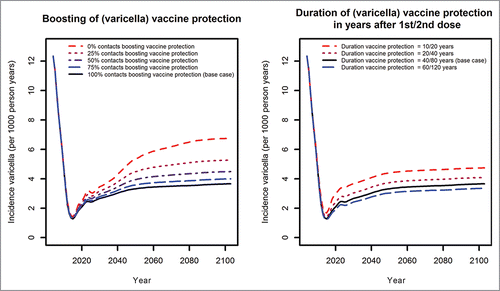
Figure 7. Effects of different boosting scenarios on HZ incidence: varying proportions of contacts boosting protection (left) and durations of protection against HZ in years (right).
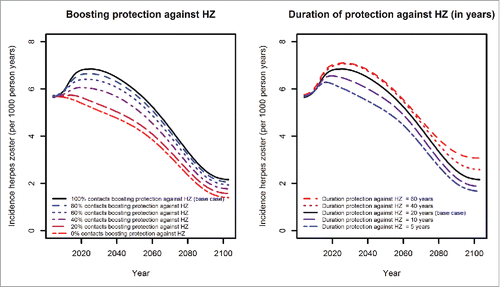
Figure 8. Effects of introducing HZ vaccination at different ages in 2015 for the whole population over time (left) and by age for the year 2030 (right), assuming coverage of 100% in both cases.
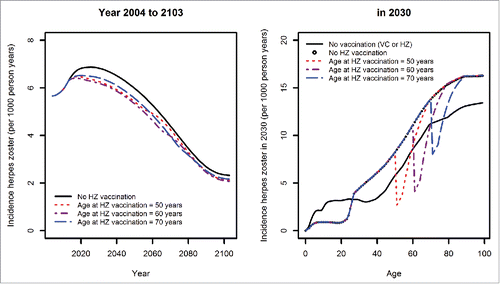
Figure 9. Seroprevalence of varicella in Germany, by age.Citation41-43 EIA: Enzyme immunoassay (Enzygnost Anti-VZV-IgG (DADE Behring); FAMA: Fluorescent antibody to membrane antigen assay (FAMA); KiGGS: Studie zur Gesundheit von Kindern und Jugendlichen in Deutschland.
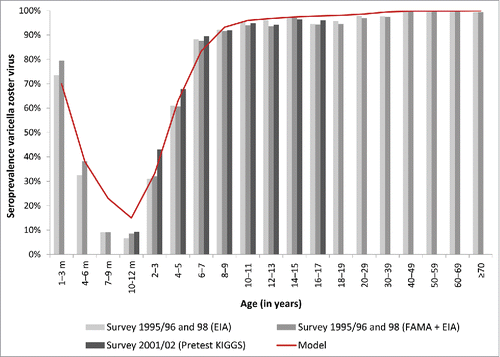
Figure 10. Incidence of herpes zoster in Germany, by sex and age (reported dataCitation22,44 and model predictions; SHI = statutory health insurance).
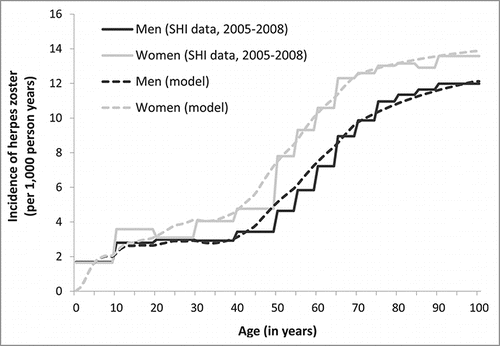
Figure 12. Varicella vaccination coverage (at the age of 24 months) as obtained from surveillance data for Germany (left) and vaccine uptake as used in the model (right).

Table 1. Parameter values used in this study (base case scenario and sensitivity analyses.

